
|
|
|
| synonym |
|
| description |
The female is a grayish color with some yellow. Black markings cross the pronotum, which can be described as mostly bicolored- half of the pronotum is a light brown while the other half is considerably darker. A white transverse band can be found at the rear of the pronotum, and there is a pale, transverse mid-dorsal spot. Males have a brownish pronotum with a whitish margin. The mid-dorsal spot is a distinctive white, and there is a prominent dark brown "V" formed on the pronotum, near the middle; the tip of the pronotum is a dark brown. The male's face is white with some dark brown below the eyes; ocelli are red. The underside of the thorax is black while the abdomen is pale with some blackening at the edges and in the center of abdominal segments. The legs are pale medially, black laterally, with some yellowish color. Adults are generally between 5.9 and 6.3 mm long. (Kopp & Yonke 1973) |
| distribution |
Eastern and Central North America (Kopp) |
| abundance |
Several records from across the state. Seasonal distribution: 29 April-6 July (CTNC) |
| seasonal_occurrence | |
| habitat |
Where oaks are present. |
| plant associates |
Quercus alba, Q. stellata (CTNC) |
| behavior |
To listen to the male courtship call for this genus, listen here. These courtship calls are not audible to the human ear, and the calls here are produced by recording the substrate vibrations that the treehoppers use to communicate through the plants themselves. The recorded call is then amplified so that it is now audible to human ears. Research has shown that treehoppers use vibrations to attract mates, to announce the discovery of a good feeding site, or to alert a defending mother to the approach of a predator (T.IM) . |
| comments |
Males of this species resemble the males of C. vau and C. pulchellus. C. griseus "differs from vau in having the anterior arm of the dark "V" of the pronotum narrowed at the middle and by being generally lower; it differs from pulchellus by being larger" (Kopp). |
status |
[Native:]
[Introduced:]
[Extirpated:] | | list_type |
[Official:]
[Provisional:] |
| adult_id | Unmistakable and widely known Identifiable from good quality photos of unworn specimens
Identifiable from photos showing undersides, or other specialized views [e.g., legs, face]
Identifiable only by close inspection of structural features or by DNA analysis NULL |
| nymph_id | Unmistakable and widely known Identifiable from good quality photos, especially where associated with known host plants
Identifiable from close inspection of specimens or by DNA analysis
Identifiable only through rearing to adulthood NULL |
| G_rank |
|
| S_rank |
|
| rank_comments |
|
| tribe |
Smiliini |
| subgenus |
|
Species Photo Gallery for Cyrtolobus griseus No Common Name |
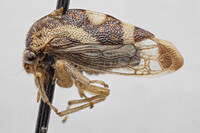 | Photo by: T.K. Wood
Out Of State Co.
Comment: UDCC_TCN 00008610 |  | Photo by: T.K. Wood
Out Of State Co.
Comment: UDCC_TCN 00008610 |
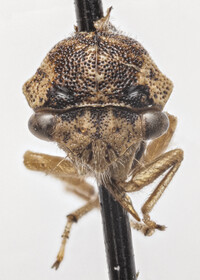 | Photo by: T.K. Wood
Out Of State Co.
Comment: UDCC_TCN 00008610 | 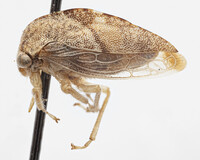 | Photo by: T.K. Wood
Out Of State Co.
Comment: UDCC_TCN 00008608 |
 | Photo by: T.K. Wood
Out Of State Co.
Comment: UDCC_TCN 00008608 | 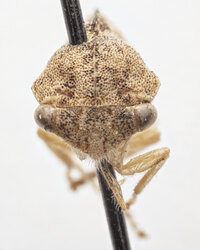 | Photo by: T.K. Wood
Out Of State Co.
Comment: UDCC_TCN 00008608 |
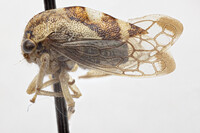 | Photo by: T.K. Wood (maybe)
Out Of State Co.
Comment: not databased, UDCCrncoll. June 19, 1970 | 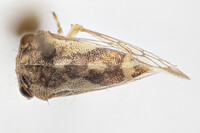 | Photo by: T.K. Wood (maybe)
Out Of State Co.
Comment: not databased, UDCCrncoll. June 19, 1970 |
 | Photo by: T.K. Wood (maybe)
Out Of State Co.
Comment: not databased, UDCCrncoll. June 19, 1970 |

 »
»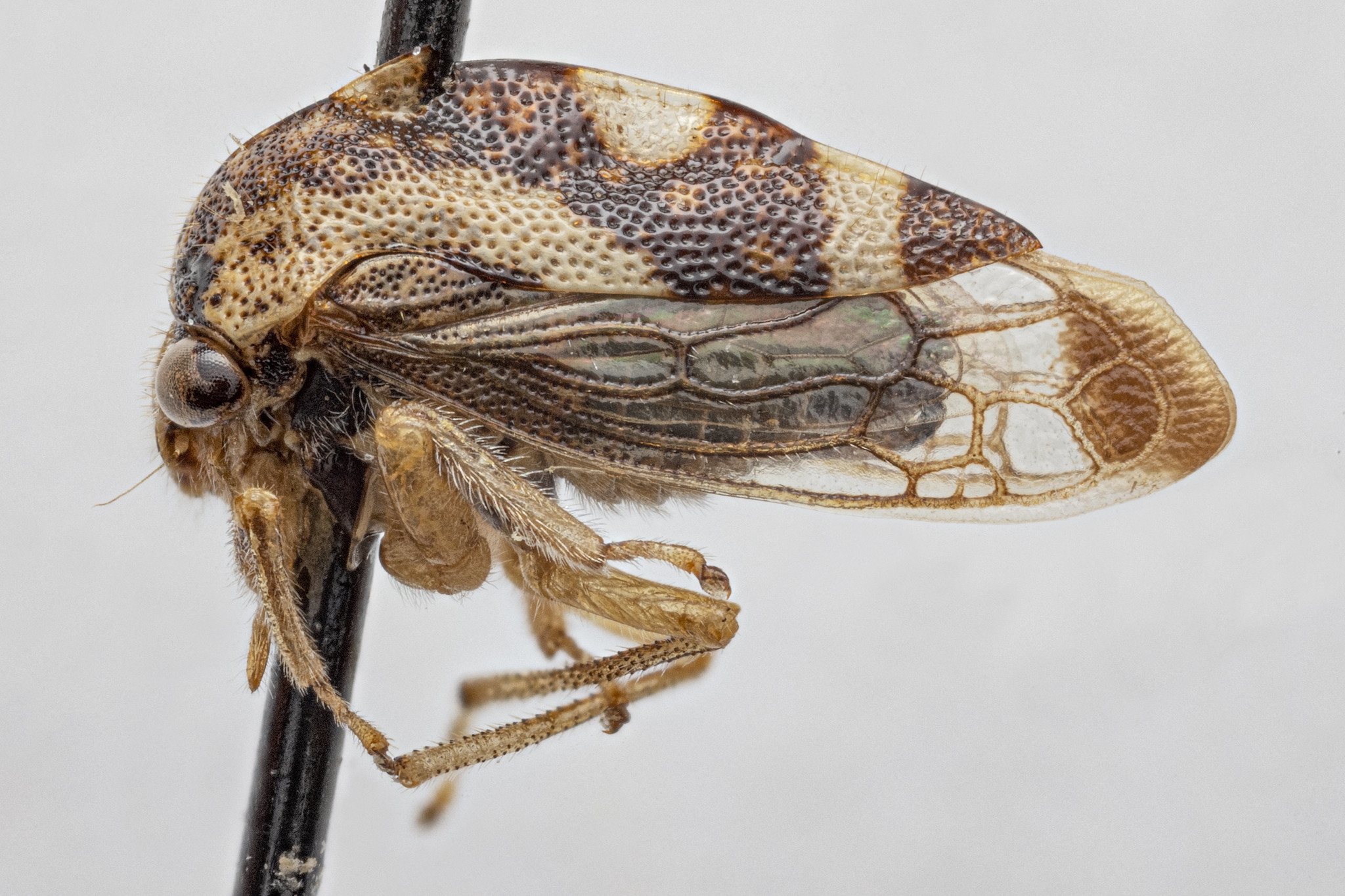
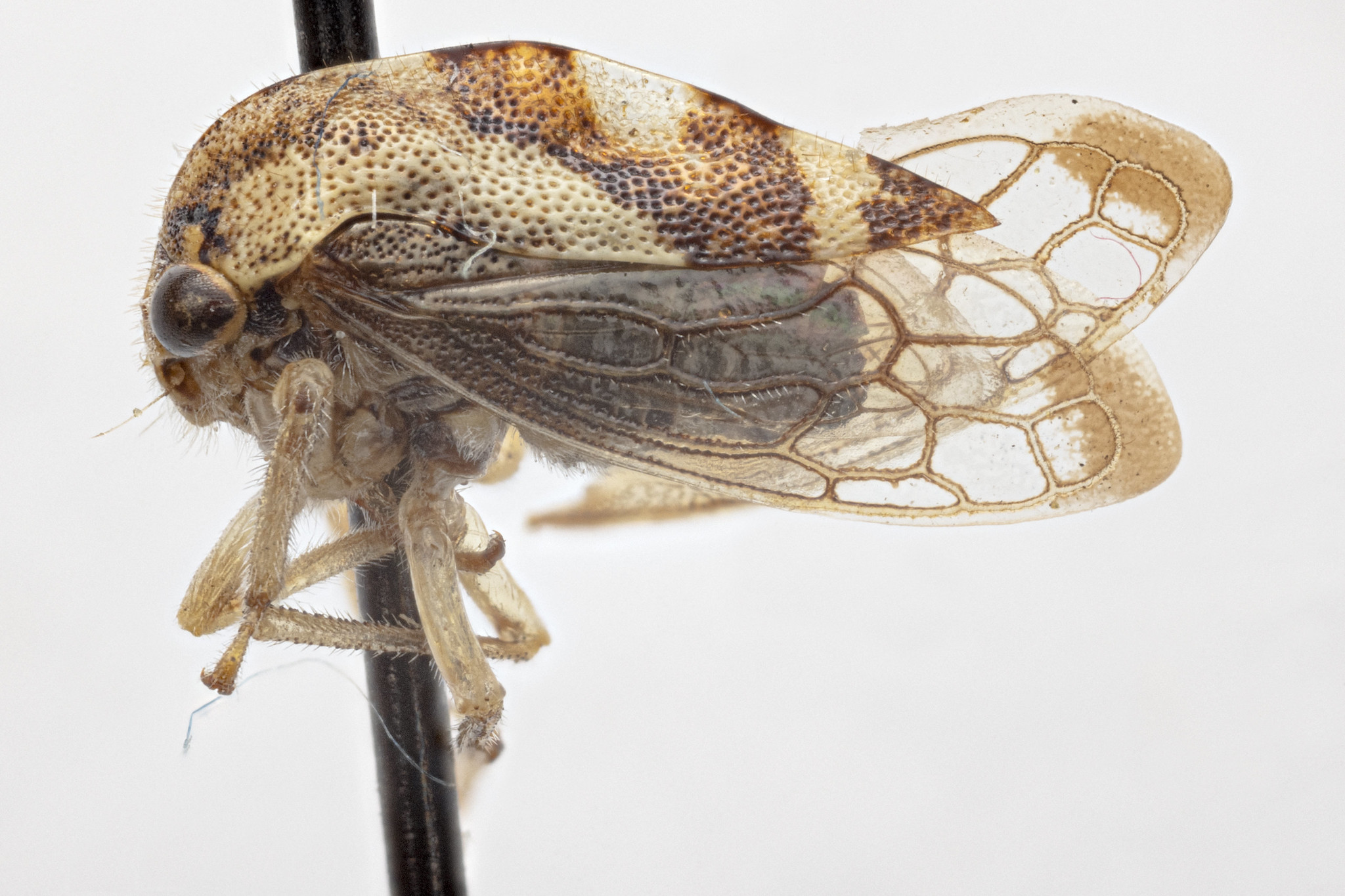
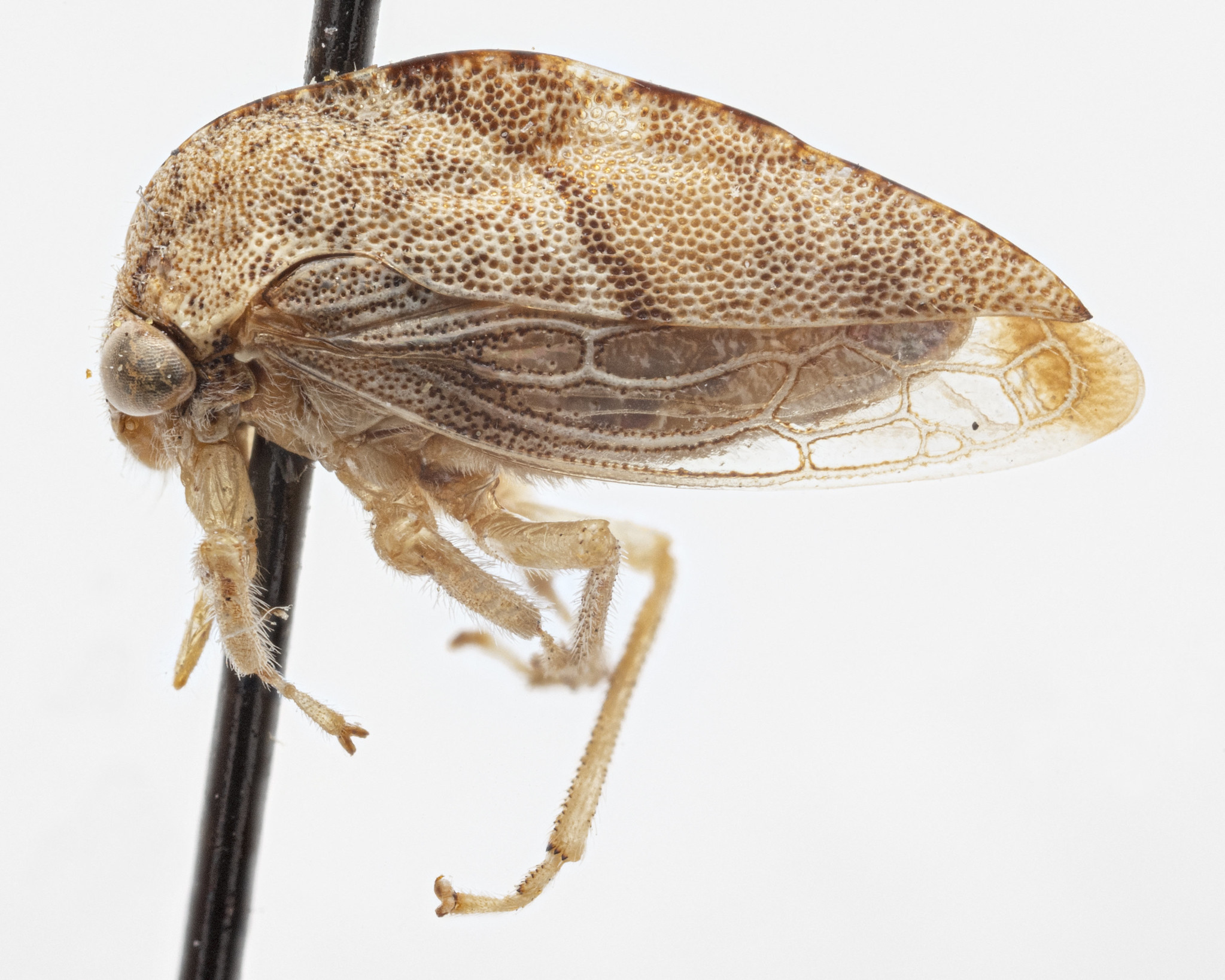

 »
»

